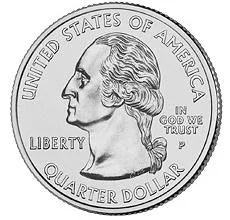Strategic Vision: By definition it could be a statement articulating an approach to an organization’s future direction and basic philosophical makeup. It is an aspirational, forward-looking statement of what an organization will look like at a point in time in the future.
Half a century ago this nation was experiencing a movement that began like a ripple in a pond. That ripple began to grow and swell into something many people could never have imagined. Soon it became a tsunami that overwhelmed and blanketed the country in change. At the forefront of that change were many Americans who envisioned a new national reality. One where ALL Americans would feel and BELIEVE that they were living in an indivisible union known as The United States of America. Of all the voices heard, there evolved one whose words and actions rang true to the basic tenets of our Constitution and our Declaration of Independence—The Reverend Dr. Martin Luther King.

























